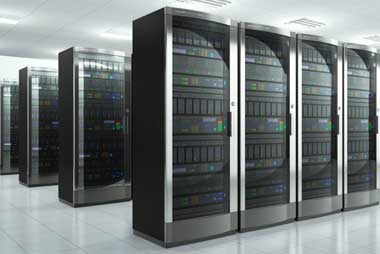
On-Premises Vs Cloud
Organizations using an on-premises solution operate their own local cloud computing infrastructure. They often choose an on-premises cloud solution to leverage their own security protocol, have 100% physical control over the hardware and redundancy solution they use.
Users then access computing resources on-demand over that private network.
With an on-premises model, companies have direct control over their data which helps to meet security, regulatory compliance and business governance requirements.
IT teams have full control of upgrades and maintenance.
Pros
- Cheaper on the long run
- Organization in full control of the data locally
- No third-party access to the data
- Physical control over the hardware means upgrades can be tightly controlled
- Build out only the level of redundancy needed. Cost effective when 99.999% uptime is not a concern
Cons
- Significant upfront hardware and software costs (cap-ex)
- Requires dedicated and knowledgeable resources
- If organization lacks appropriate expertise, it risks significant exposure
- Need to plan well in advance to changes in demand because of the time necessary to research, justify, order, and deploy hardware
- Costly to properly build out when 99.999% is required
Cloud Computing
 Public clouds are the most common type of cloud computing deployments. Cloud resources, such as storage and servers, are owned and operated by third-party cloud service providers and delivered over the internet.
Public clouds are the most common type of cloud computing deployments. Cloud resources, such as storage and servers, are owned and operated by third-party cloud service providers and delivered over the internet.
Hardware, application infrastructure and other services available off-the-shelf are managed and owned by the cloud provider. Examples of public cloud providers include Google Cloud Platform, Microsoft Azure and Amazon Web Services (AWS).
Public cloud deployments are highly scalable, flexible and location independent.
Pros
- Predictable subscription pricing (Costs allocated to op-ex)
- No upfront hardware/software cost
- Deliver superior data security
- Cloud resources can be rapidly deployed to accommodate to a specific demand
- Much easier and more cost effective when building out multi-site/ geo-redundant server and storage
CONS
- Need to project costs out over the long-term
- Aggressively targeted by hackers
- Data could be accessed by 3rd party.
- Costs escalate when the cloud infrastructure is improperly managed and not properly tracked
- Outside your control – you’re at the cloud providers mercy

